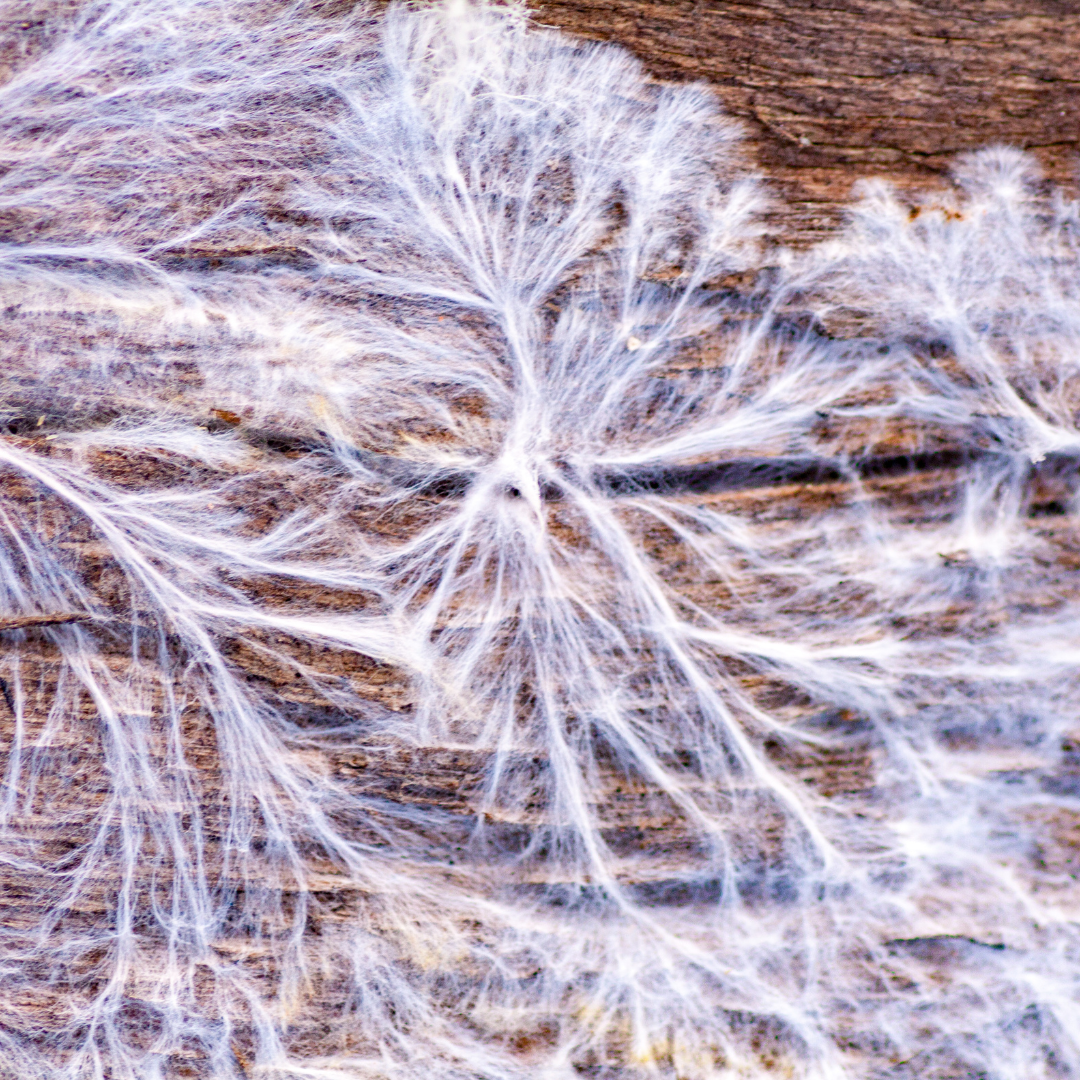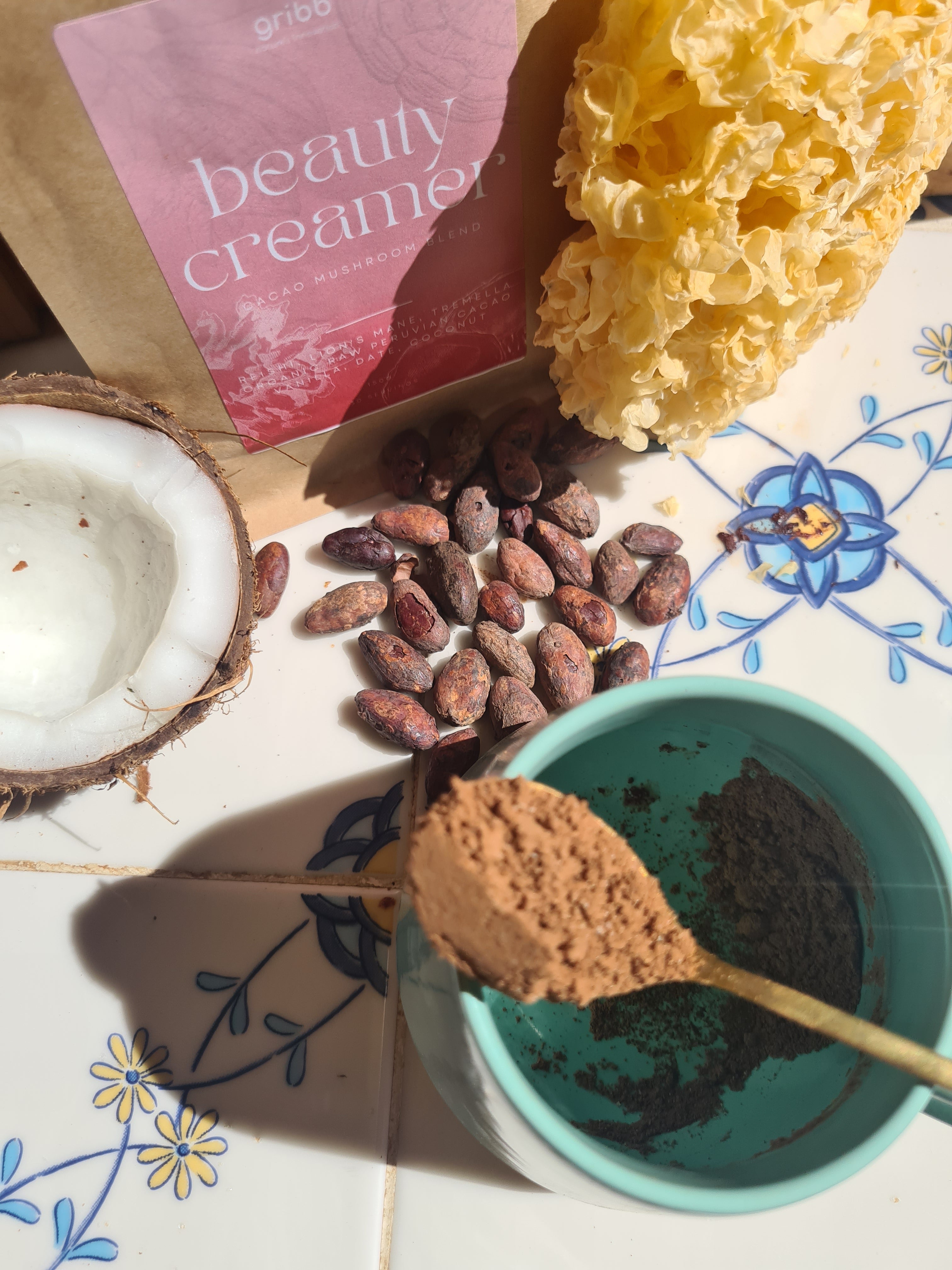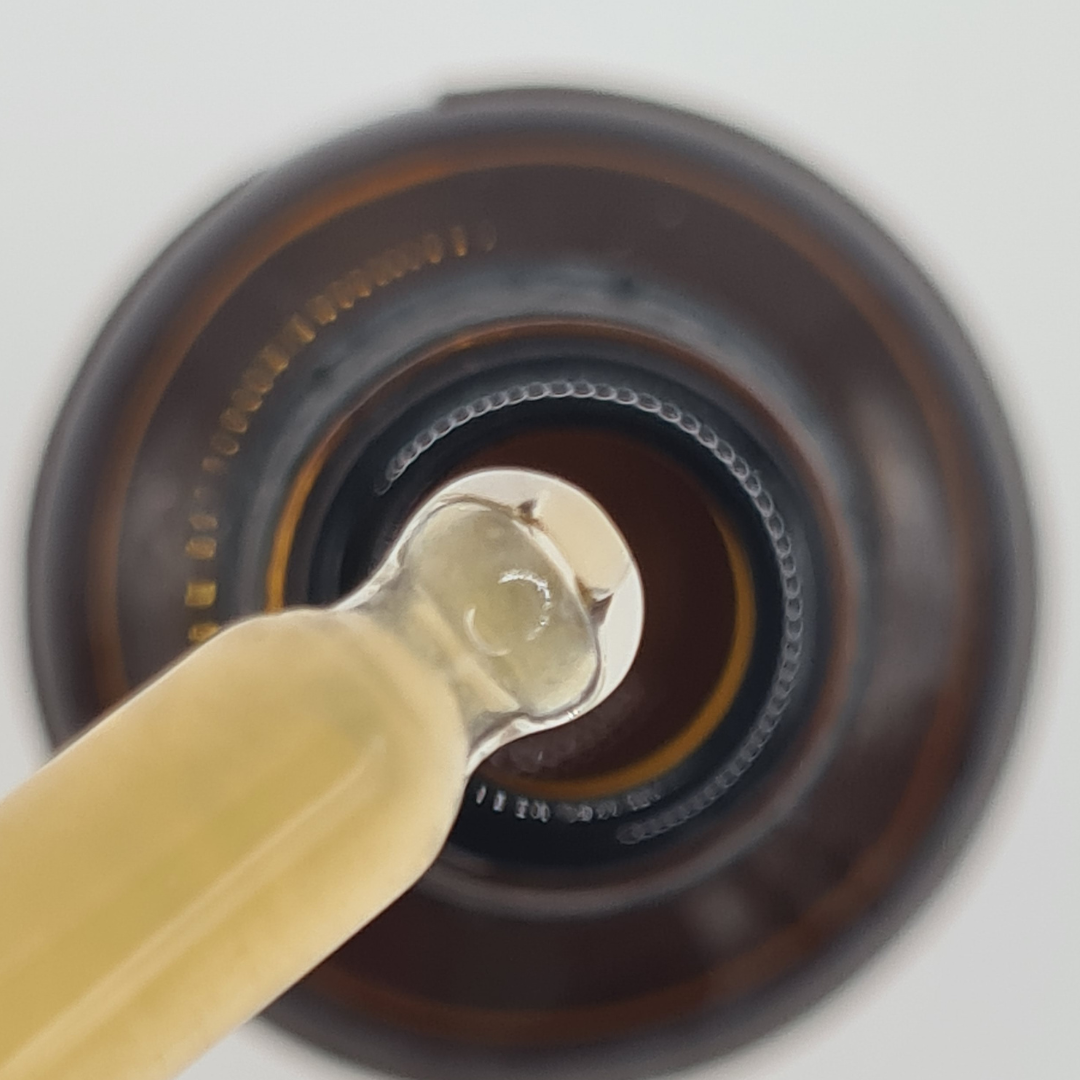
Cultivating Chaga Mushrooms in the Lab: A Future of Sustainable Growth
Chaga mushrooms, scientifically known as Inonotus obliquus, have garnered significant attention in the wellness and medical communities for their potential health benefits. Traditionally found growing wild on birch trees in cold climates, Chaga is now stepping into the realm of laboratory cultivation. This shift not only promises a sustainable future for this valuable resource but also opens doors to extensive research and consistent quality in Chaga products.
The Challenge of Cultivating Chaga
Unlike typical mushrooms, Chaga does not grow easily in a controlled environment. It has specific and complex nutritional needs and a notoriously slow growth rate. Replicating the unique conditions of birch forests in a lab setting is a meticulous and time-consuming task. However, advancements in mycological research are gradually overcoming these challenges.
The Ideal Substrate: Mimicking Nature
In its natural habitat, Chaga thrives on birch trees, drawing nutrients and unique compounds from the wood. In the lab, this environment is simulated using sterilized birch wood chips or sawdust, or a mixture containing cellulose and lignin to mimic the natural growing conditions.The substrate's pH and moisture are carefully controlled to create an optimal growing environment for the Chaga mycelium.
Growth and Harvesting
Lab cultivation requires patience. The mycelium takes several months to colonize the substrate. Throughout this period, environmental conditions such as temperature, humidity, and light are meticulously managed. The goal is not just to grow Chaga but to ensure it develops the bioactive compounds that make it so valuable.
The Color Difference
One of the most noticeable differences between wild and lab-grown Chaga is its color. Wild Chaga is known for its hard, black exterior and orange-brown interior. This dark outer layer is a response to environmental stress and UV exposure. In contrast, lab-grown Chaga typically lacks this blackened crust, presenting a more uniform brown or orange-brown appearance. Though different in appearance, lab-grown Chaga is cultivated with an aim to retain its beneficial properties.
Why Lab Cultivation Matters
The move towards lab cultivation of Chaga is driven by sustainability concerns. Overharvesting of wild Chaga poses ecological threats. By cultivating Chaga in labs, we can ensure a steady, sustainable supply. Moreover, controlled cultivation allows for consistent quality and potency, which is crucial for medicinal and therapeutic uses.
Conclusion
As we advance in our understanding and capabilities in mycology, lab-cultivated Chaga stands out as a beacon of sustainable practice in the use of natural resources. This not only protects our natural ecosystems but also ensures that the health benefits of Chaga are accessible for future generations.
References
-
Zheng, W., Miao, K., Liu, Y., Zhao, Y., Zhang, M., Pan, S., ... & Zhang, J. (2010). Chemical diversity of biologically active metabolites in the sclerotia of Inonotus obliquus and submerged culture strategies for up-scaling production. Applied Microbiology and Biotechnology, 87(4), 1237-1254.
-
Shashkina, M. Y., Shashkin, P. N., & Sergeev, A. V. (2006). Chemical and medicobiological properties of Chaga (review). Pharmaceutical Chemistry Journal, 40(10), 560-568.
-
Park, Y. K., Lee, H. B., Jeon, E. J., Jung, H. S., & Kang, M. H. (2004). Chaga mushroom extract inhibits oxidative DNA damage in human lymphocytes as assessed by comet assay. BioFactors, 21(1‐4), 109-112.
-
Glamoclija, J., Ciric, A., Nikolic, M., Fernandes, Â., Barros, L., Calhelha, R. C., ... & Sokovic, M. (2015). Chemical characterization and biological activity of Chaga (Inonotus obliquus), a medicinal "mushroom". Journal of Ethnopharmacology, 162, 323-332.
-
Stamets, P. (2005). Mycelium Running: How Mushrooms Can Help Save the World. Ten Speed Press.







